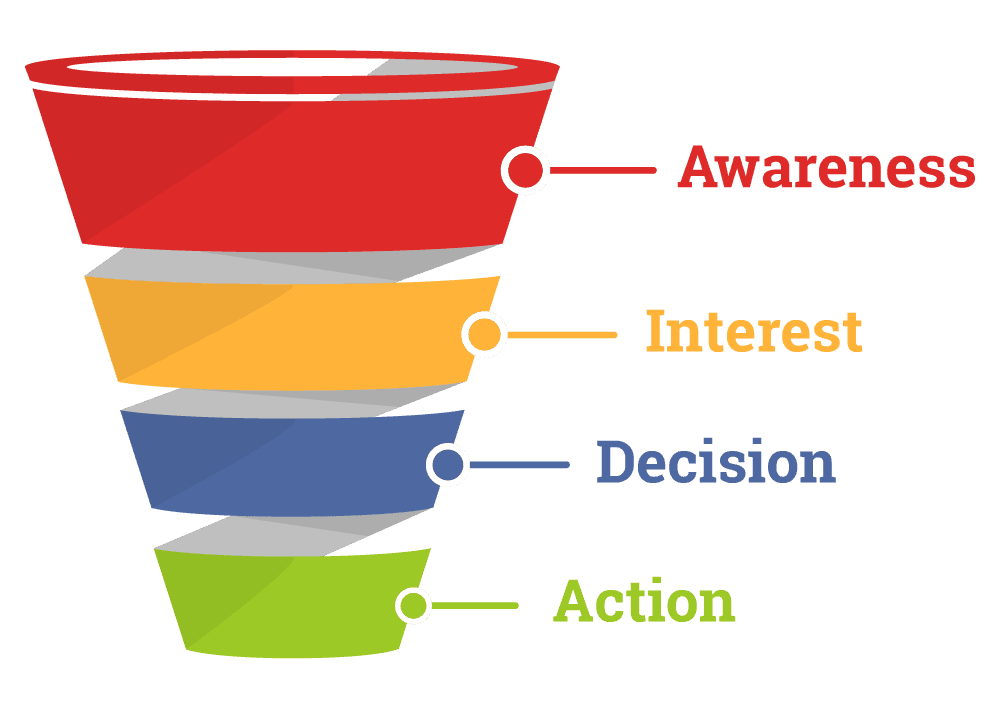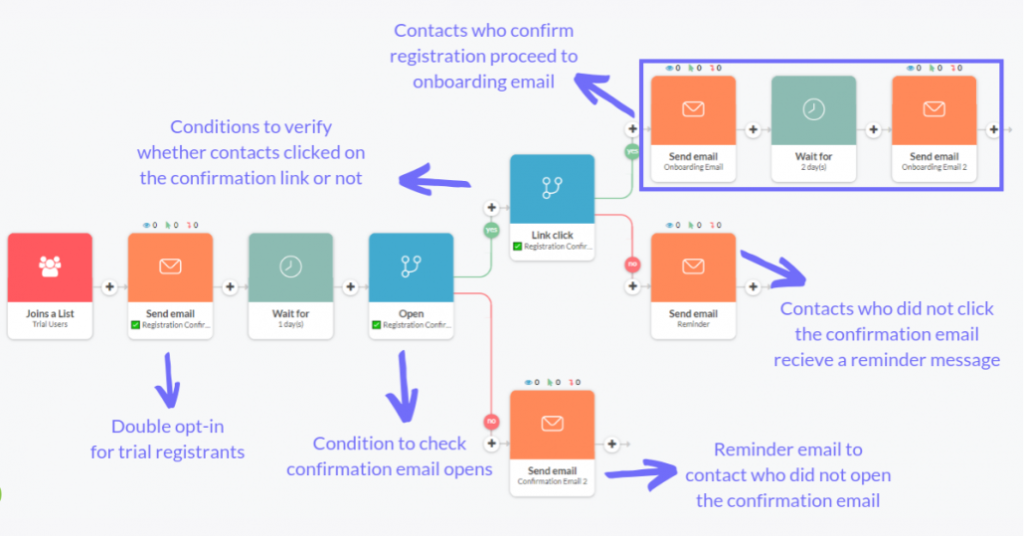In today’s fast-paced digital world, businesses need to stay ahead of the curve to remain competitive. Whether you’re an entrepreneur, a small business owner, or a marketer, the way you capture, nurture, and convert leads can make or break your success. This is where sales funnels come in. They are one of the most powerful tools to save time and generate results. A well-crafted funnel doesn’t just guide your prospects toward a sale—it streamlines your process and optimizes your approach, allowing you to focus on high-value activities and see tangible returns.
This article will dive deep into the concept of sales funnels, how they work, and provide practical strategies to create a funnel that saves you time and generates results. We’ll cover everything from the basics to advanced tactics, and you’ll walk away with actionable steps that can help you build a funnel that truly works.
What Is a Sales Funnel?
A sales funnel is the journey that a prospect takes from the moment they become aware of your product or service to the point where they make a purchase. The funnel metaphor is used because, like an actual funnel, a wide range of prospects enter at the top, but only a smaller percentage make it to the bottom (conversion).

A typical sales funnel consists of several stages:
- Awareness – The prospect learns about your product or service.
- Interest – They show interest and seek more information.
- Decision – They evaluate your offer and decide whether it’s the right fit.
- Action – They make a purchase or take the desired action (e.g., signing up, booking a call, etc.).
Each of these stages requires tailored strategies to nurture the lead and move them closer to conversion.
Why Funnels Matter: Time-Saving and Results-Driven
Building a funnel that works isn’t just about increasing sales. It’s about efficiency. With a well-designed funnel, you can:
- Automate time-consuming processes like lead nurturing and follow-ups.
- Segment your audience effectively, allowing you to send personalized, targeted messages.
- Focus on high-impact activities while letting the funnel do the heavy lifting.
A properly set-up funnel saves you time and resources by allowing you to focus on the most qualified prospects and guide them through the buying process with minimal effort on your part.
Building a Funnel That Works: Practical Steps

Now that we understand why funnels matter, let’s talk about how to build one that actually works. Here are the steps you can take to save time and generate results.
1. Define Your Funnel’s Goal
Before creating any funnel, it’s crucial to have a clear goal in mind. What do you want the funnel to accomplish? Are you looking for more sales? More email subscribers? More phone consultations?
Example: If your goal is to increase sales, the funnel’s ultimate objective will be to guide prospects toward making a purchase. If your goal is to build an email list, the funnel’s primary focus will be to get prospects to opt into your email list.
Having a defined goal helps shape the content and structure of your funnel, ensuring everything works toward achieving that goal.
2. Map Out the Customer Journey
Every lead is different. Some may enter your funnel through social media, while others may find you through paid ads or a blog post. Understanding how your customers behave and where they’re coming from is essential.
Example: If you sell high-end electronics, your customer journey may involve several touchpoints. A visitor might see an ad for a special offer on Facebook, click through to a landing page, watch a product demo video, then receive a follow-up email with a discount to entice them to buy.
Map out the different stages of your customer journey and determine the best strategies to nurture prospects at each stage.
3. Create High-Converting Lead Magnets

A lead magnet is an incentive offered to potential customers in exchange for their contact information. This could be a free guide, ebook, webinar, or discount.
Example: Let’s say you run an online marketing consultancy. You might offer a free ebook titled “10 Strategies to Skyrocket Your Traffic in 30 Days” to get people into your funnel. This lead magnet is targeted at individuals who are interested in improving their marketing efforts but may not be ready to buy a full-service package from you yet.
The key here is offering something of value that’s closely aligned with your customer’s needs and pain points.
4. Use Email Nurturing to Build Relationships

Once a prospect has entered your funnel, you need to nurture them through a series of emails that build trust and provide additional value.
Example: After a prospect downloads your free ebook, they could receive a series of automated emails that include more tips and case studies, followed by an email that introduces your services with a special offer or discount.
By building trust over time, you position yourself as an expert and make it easier for them to make a buying decision when the time comes.
5. Optimize Your Funnel for Conversions
After you’ve built your funnel, it’s essential to track its performance and optimize it over time. Look at metrics like open rates, click-through rates, and conversion rates to understand where people are dropping off and where you can improve.
Example: You might discover that many prospects are clicking on your initial ad but not filling out the form on your landing page. In that case, you can optimize the form by making it shorter or more visually appealing, testing different calls-to-action (CTAs), or adding social proof like testimonials to build trust.
Exclusive Tips for Funnel Optimization

Here are a few exclusive tips to enhance the effectiveness of your funnel:
- Leverage Retargeting Ads: If someone drops out of your funnel midway (e.g., they leave your landing page without submitting their email), use retargeting ads to bring them back into the funnel. This ensures that you don’t lose them completely.
- Implement Exit-Intent Popups: Use exit-intent popups on your website to capture leads before they leave. You could offer a discount or a free resource to encourage them to stay engaged.
- A/B Test Your Funnel Elements: Consistently test different elements of your funnel (landing pages, email copy, CTAs) to see what resonates best with your audience. This helps you optimize for higher conversions.
Final Thoughts
Creating a sales funnel that works is a game-changer for any business. By focusing on automating key processes, nurturing relationships, and constantly optimizing for better results, you’ll save time and see measurable improvements in your business outcomes. Follow the steps and tips in this article, and you’ll be well on your way to building a funnel that not only works but thrives.
Remember, the key is consistency and optimization. Build your funnel, track its performance, and keep tweaking it to ensure that you’re always moving closer to your goals.
By following these steps and making strategic improvements along the way, you can create a funnel that delivers real results, making your business more efficient and profitable.
